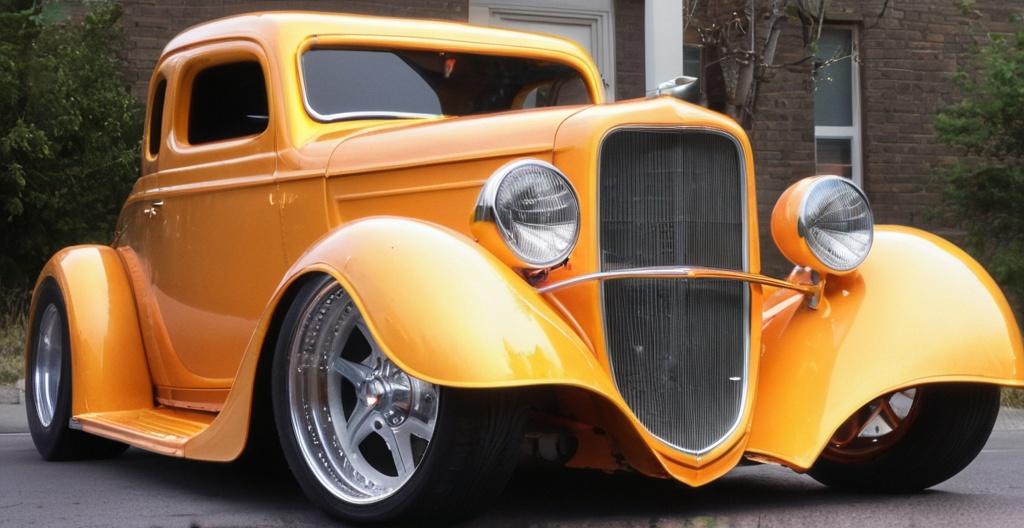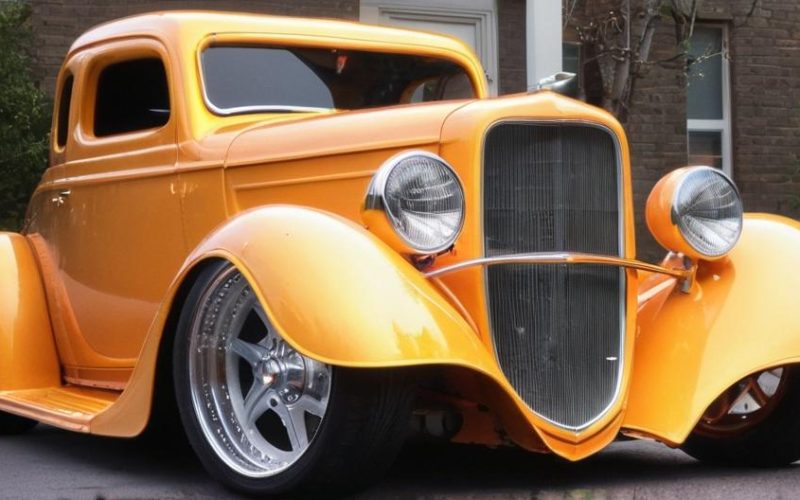Key Take Aways About Big Block vs. Small Block for Street Rodding
- Big Block Engines: Offer high horsepower and torque with large displacements, best for maximum performance but less fuel-efficient and heavier.
- Small Block Engines: Known for versatility and affordability, fit in more vehicles, allowing greater adaptability in modifications.
- Cost: Small blocks are more budget-friendly with cheaper parts; big blocks come with higher costs.
- Performance vs. Practicality: Big blocks for power enthusiasts; small blocks for practicality and efficiency.
- Real-World Use: Engine choice depends on personal preferences and intended driving scenarios.

Big Block vs. Small Block Engines: The Basics
Street rodding, a hobby rooted in the post-World War II era, comprises a passionate community dedicated to customizing and enhancing vintage cars, often muscle cars, for performance and style. At the core of many street rods lies the debate over engine choice: big block vs. small block. These terms refer to the physical size and displacement of the engine blocks used in rodding.
Big Block Engines: Raw Power
Big block engines are known for their larger displacement, typically above 400 cubic inches. Their size allows for greater air and fuel intake, which often translates to increased horsepower and torque. This makes them a favorite among enthusiasts looking for maximum performance. However, the trade-off here is weight and size, which can influence the car’s handling, especially in older or smaller vehicles where space is at a premium.
While they offer raw power, big blocks aren’t the most fuel-efficient. But let’s be honest, if you’re getting a big block, you’re not counting your mpg. You’re interested in the grunt, the growl, and the chance to show off that extra muscle under the hood. There’s also the cool factor, a big block just looks awesome!
Small Block Engines: The Versatile Workhorse
In contrast, small block engines are typically smaller in size, with displacements below 400 cubic inches. Their compact nature allows them to fit in a wider range of vehicles, making them an attractive choice for a variety of street rodding projects. They might not pack the same punch as a big block, but they’re no slouch either.
Some argue that the small block’s adaptability is its biggest strength. You can modify and upgrade them in countless ways, allowing rodders to strike a balance between power, efficiency, and weight. Plus, parts and upgrades for small blocks are generally more accessible and affordable. This makes them great for rodders who love tinkering and tweaking their engines without breaking the bank.
Cost Considerations
When it comes to cost, small blocks tend to be the more budget-friendly option. They’re easier to source and maintain, and parts are usually cheaper. Big blocks, due to their size and performance, often come with a higher price tag for both the initial purchase and any modifications or repairs down the road.
Performance vs. Practicality
The choice between big block and small block often boils down to performance needs versus practical considerations. Big blocks will undeniably offer higher performance metrics in terms of raw power, but small blocks can be more practical for daily driving and regular use.
Imagine cruising down the street with a big block’s roar reverberating through the neighborhood. It’s impressive, but if you’re using your rod for more than just the occasional joy ride, you might find the small block’s balance of power and efficiency a better fit.
Real-World Applications
Consider this: Joe, a street rodder, decided on a big block for his 1969 Chevy Camaro. He loved the idea of dominating at local drag races and showing off at car shows. Meanwhile, Sarah opted for a small block in her 1955 Bel Air. She aimed for a car that she could take on long cruises without the worry of frequent fuel stops or handling issues.
Both are happy with their choices, highlighting that the right engine depends on personal preferences and intended use. If you’re willing to put in the extra effort and expense for pure power, the big block might be for you. But if versatility, reliability, and cost-effectiveness are your priorities, a small block could be the ideal solution.
Conclusion
In the world of street rodding, there isn’t a one-size-fits-all answer. Your decision should align with your performance goals, budget, and personal taste. Whether you opt for a big block or small block, remember that the heart of street rodding lies in the thrill of the drive and the satisfaction of making a car truly yours.
